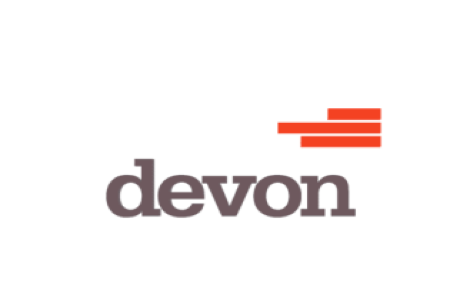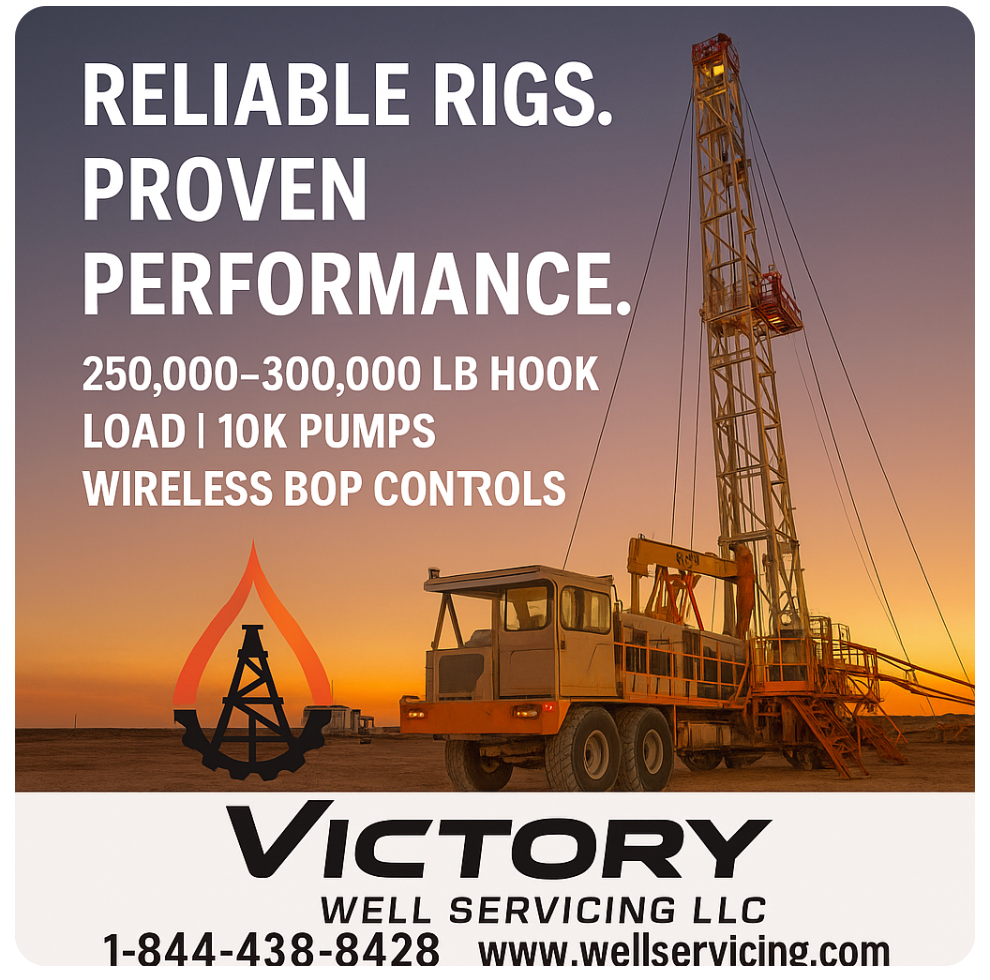In its Q2 2025 earnings call, Devon Energy showcased how artificial intelligence (AI) is no longer just a back-office tool — it’s embedded deep in the company’s drilling and completions strategy. The results are tangible: double-digit cost reductions, faster execution, and stronger well economics across key basins.
US Oil & Gas Operator Account Directory – $10
Includes: Account Name, Wells Drilled, Rig Count, Location….
AI in the Field
Devon’s proprietary in-frac and in-drill AI agents are deployed directly in the Delaware Basin, monitoring operations in real time. These tools:
- Analyze massive streams of drilling and completions data instantly.
- Recommend adjustments on the fly to improve execution.
- Work in tandem with design enhancements and simul-frac techniques.
The payoff:
- Drilling costs: ↓ 12% year-over-year.
- Completion costs: ↓ 15% year-over-year.
- Cycle times: Accelerated without compromising safety.
This AI integration isn’t limited to one region. Similar technology-backed efficiencies are being applied in the Williston Basin — saving $1 million per well — and in the Eagle Ford, where $2.7 million per well savings have been fully captured following the BPX JV dissolution.
2025 Rig Leaders
While AI and design improvements set the framework, execution happens at the rig site. In 2025, the most active rigs drilling for Devon were:
- H&P 539 – 18 wells drilled.
- H&P 437 – 17 wells drilled.
- Nabors B17 – 16 wells drilled.
- Nabors B13 – 15 wells drilled.
- H&P 600 – 14 wells drilled.
These rigs have been at the center of Devon’s AI-enhanced drilling campaigns, particularly in the Delaware Basin where much of the cost reduction story unfolds.
Rig Efficiency – Measuring Turnaround Time
Activity volume is important, but so is how quickly rigs can be turned over for the next job. In 2025, Devon’s fastest-moving rigs (by average days between activity dates) include:
- Cactus 135 – 9.5 days between wells.
- H&P 539 – 10.8 days between wells.
- Patterson 565 – 12.2 days between wells.
- H&P 437 – 12.4 days between wells.
- Nabors B13 – 13.6 days between wells.
These tight turnaround times amplify the productivity impact of Devon’s AI-driven decision-making, allowing rigs to complete more wells without sacrificing quality.
The Bigger Picture
Devon’s Q2 2025 results underline a key industry shift: AI is no longer experimental in oil and gas drilling — it’s operational. By embedding intelligent agents in critical workflows and combining them with disciplined execution and targeted capital allocation, Devon is building a cost structure and efficiency profile designed to thrive in a volatile commodity market.
With its top-performing rigs turning wells faster and AI guiding every stage of drilling and completions, Devon is showing how digital transformation directly translates to shareholder value.



